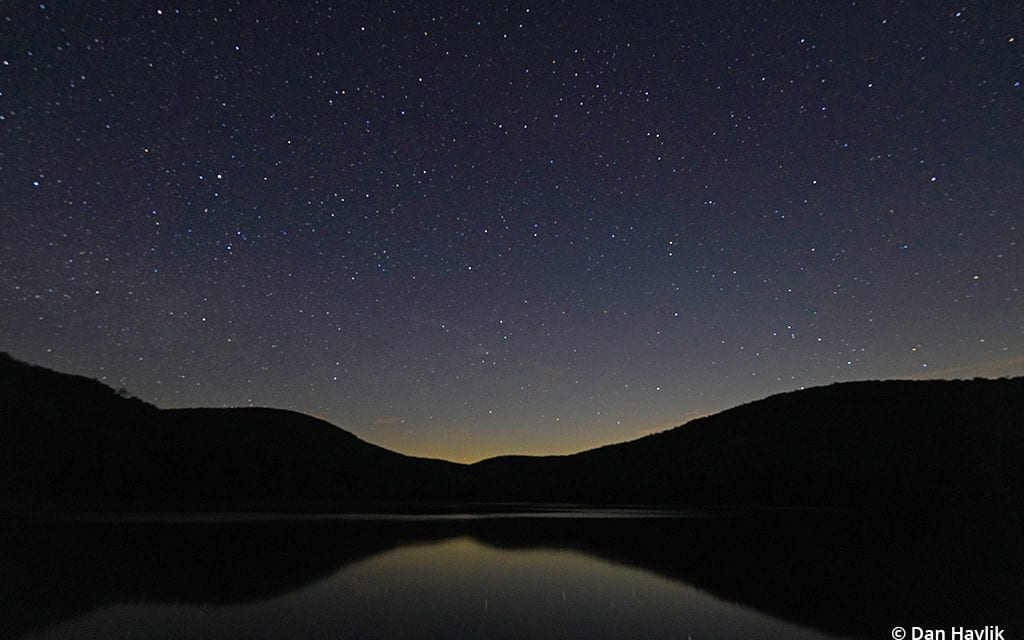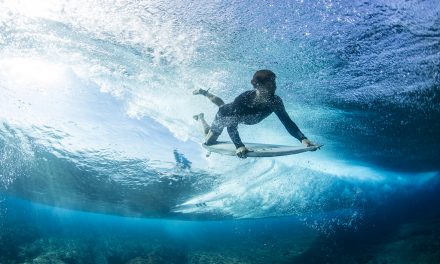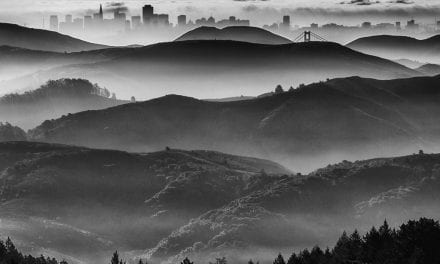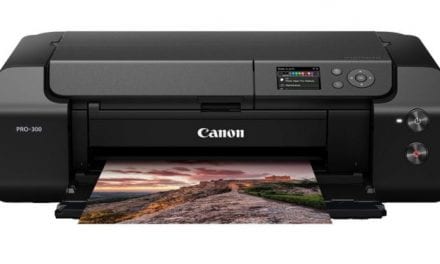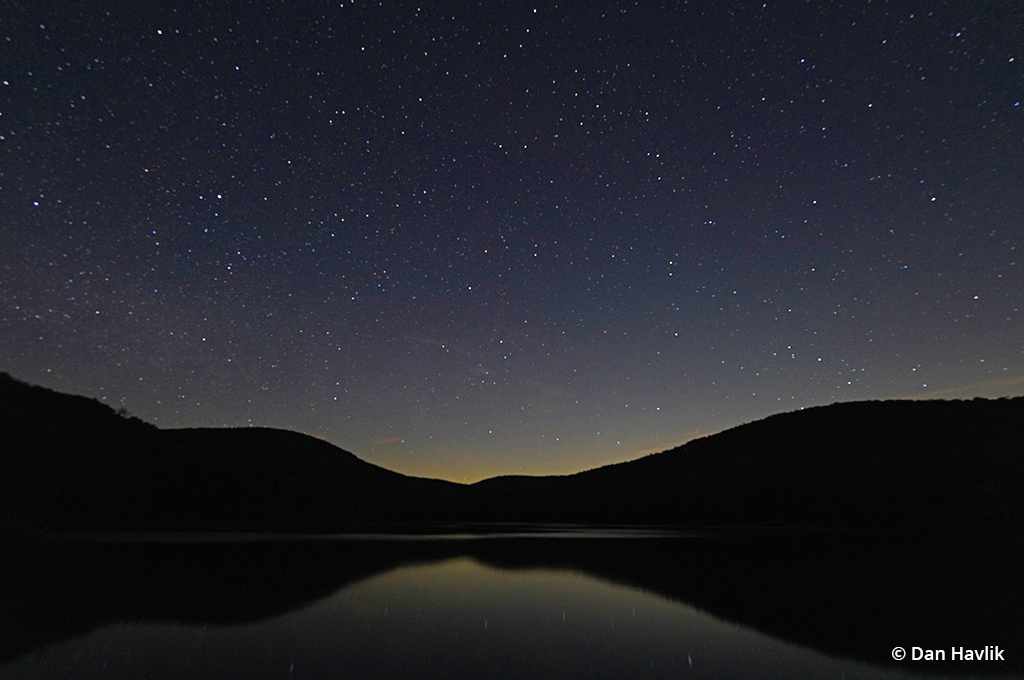
Having lived in cities most of my life, astrophotography has not been one of my main focuses, but that changed recently for a couple of reasons. For one, when the pandemic hit, my wife and I moved to our “summer” house in the Catskills in New York full time. Up here in the country, there are quite a few nice spots to photograph the stars without having to worry about the effects of light pollution. And secondly, I recently got my hands on a test unit of Sony’s FE 14mm F1.8 G Master lens for its Alpha E-mount cameras and have found it to be a wonderful tool for astrophotography, landscapes and even macro work.
As someone who tests camera gear for a living, I’ve grown to appreciate keeping things simple for a shoot. Sure, there was a time when I’d fill my photo bag with every camera, lens and accessory I had in house for testing, but I eventually found that to be too cumbersome—and counterproductive. I’d end up fiddling with everything instead of focusing on the shoot itself. With the compact and lightweight Sony FE 14mm F1.8 G Master attached to a Sony a7R IV, I just grabbed my travel tripod and headed out. Measuring only 3.4 x 4 inches and weighing just slightly over 1 pound, the Sony FE 14mm F1.8 G Master is half the size and weight of similar wide-angle lenses in its class.
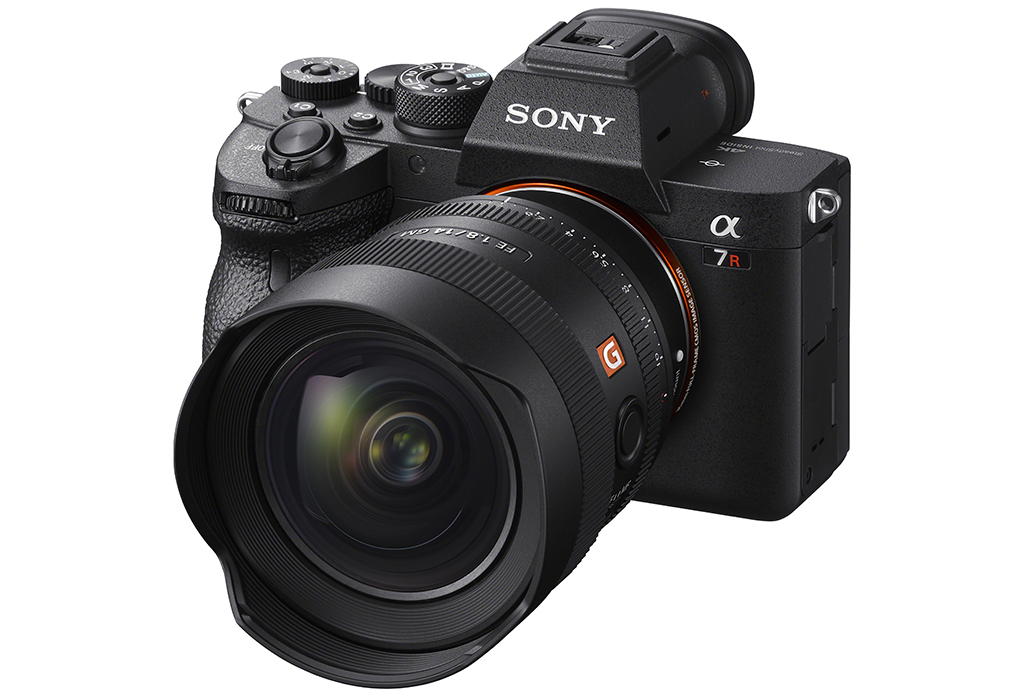
The Sony FE 14mm F1.8 G Master is very compact for a fast ultra-wide lens.
The lakeside location where I tested the lens is beautiful by day but a little eerie at night, and I appreciated having minimal gear in case an unexpected bear showed up. It also made hikes with the lens while scouting landscape photos less burdensome. For wide-angle macro work of wildflowers, where the lens’ fast aperture produced beautiful bokeh of the surrounding woodlands, I could easily lean down on one knee and compose the shot on Sony a7R IV’s fold-out LCD screen.
The Sony FE 14mm F1.8 G Master really shines for shooting stars thanks to its ability to virtually eliminate sagittal coma flare, which is an aberration that makes pinpoint lights look like wings. Even when shooting at ƒ/1.8, the stars in my night sky photos looked like stars and not bright birds. The lens corrects for sagittal coma flare using two XA (extreme aspherical) elements and one aspherical lens element in its optical design. Also helpful for astrophotography was the lens’ fast maximum aperture, which let me shoot the stars using shorter exposure times than I would need with a slower lens. For my night sky shots on a tripod, I experimented with 10-second exposures at ƒ/1.8 but found that made the sky too bright; 5-8 seconds produced better results.
Other things I liked about the lens included its fast and quiet autofocus, which is powered by two XD (extreme dynamic) Linear motors that decrease vibration. As mentioned earlier, the bokeh at ƒ/1.8 was gorgeous thanks to the lens’ nine-bladed aperture that cuts down on the unwanted “onion-ring” effect. And for close-up shots, the lens’ 9.8-inch minimum focus distance came in handy.
Overall, I really enjoyed my time with the Sony FE 14mm F1.8 G Master. It helped ignite an interest in astrophotography in me. I plan on returning to the lake for more night sky shoots and hopefully the bears continue to allow it. List price: $1,599. Contact: Sony, sony.com.
Check the price and availability of the Sony FE 14mm F1.8 G Master at B&H.
The post Sony FE 14mm F1.8 G Master Lens Review For Astrophotography appeared first on Outdoor Photographer.

